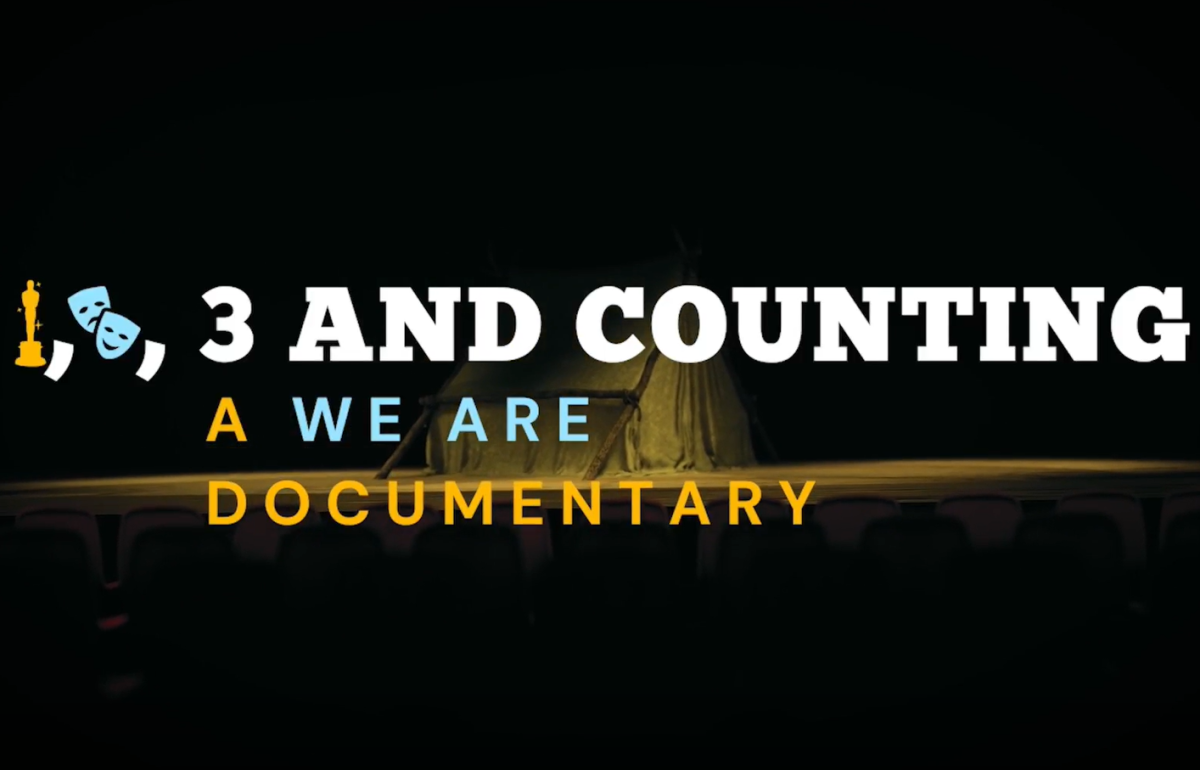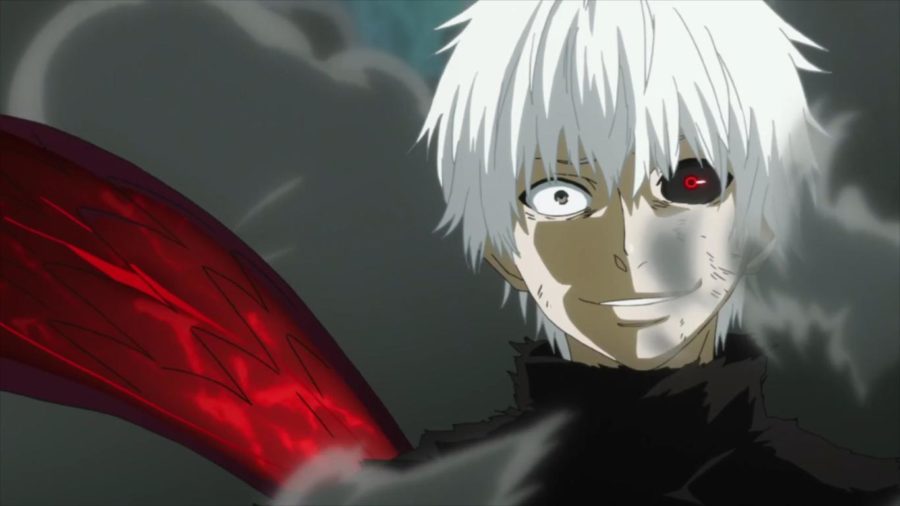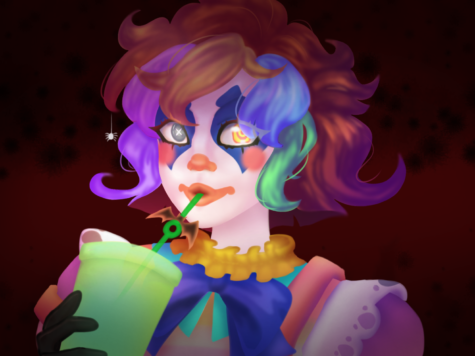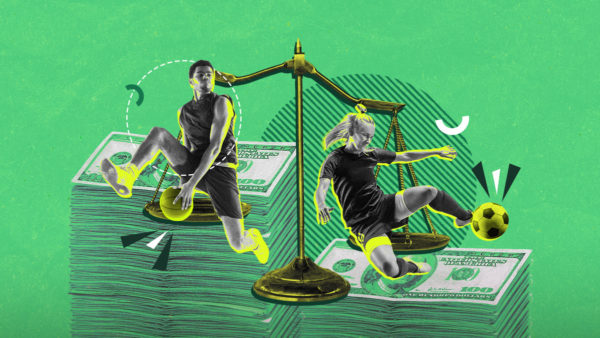Tokyo Ghoul: Becoming What You Fear the Most
November 23, 2022
“Once you become the thing you fear, fear goes away.” – Sui Ishida, Author of Tokyo Ghoul.
Sui Ishida’s manga (turned into a subpar anime) series, Tokyo Ghoul, is a dark fantasy set in a dystopian model of modern Japan; society has been divided by humans and the humanoid creatures known as ‘Ghouls’. Despite appearing to have the physical attributes and mannerisms of regular humans, these Ghouls can be recognised by their exigency to devour human flesh as a means of nutrition. (In fact, Ghouls can only bare the taste and smell of flesh and coffee.)
The story follows our protagonist Ken Kaneki, a former human that has been transformed into a Ghoul after an unfortunate accident, changing his life forever. We follow Kaneki as he repeatedly tries to avoid his fate, attempting to delay the transition into a Ghoul while facing drastic mental progression (which is physically represented throughout the story with his hair colour) and the realisation that he will have to come to terms with becoming what he fears most.
[PLOT SPOILERS AHEAD]
Kaneki is eventually brought to insanity because of his decision and desperate attempts to play devil’s advocate in a world that will not let him win, leading him to face a soul-shattering change of ideology. The reader can identify the exact moment Kaneki loses his humility and his empathy, indicating his loss of humanity, where even in a world with no clear winners or losers, is truly the biggest loss a person can face.
Although this manga/anime series is represented through dark themes, its uniqueness lies in the experience of each character as Ishida utilises mental progression to heavily influence each character’s development in the story. There are many moments where characters are severely broken and brought back up with new initiatives, goals, and experiences, highlighting at the end of the story that each character cannot easily be categorised as good or bad. The characters each suffer with ethical dilemmas in the face of adversity, simply showing that in Ishida’s fictional world, people aren’t fighting for good or bad, they are just trying to survive. This idea truly mind-boggled me when I first read over this 3 years ago as it challenges the human psyche when it comes to categorising not only fictional characters but real-life people as well.
Overall, I would recommend this to anyone who wishes to start reading manga or watching anime, it is a beautifully written story that prides itself on uncontested art direction and dark themes in an attempt to challenge viewers’ perspective, (I promise you the read is better than the watch here).
Manga Rating 9/10
Anime Rating 4/10













クリスチャン • Oct 23, 2024 at 1:40 pm
I think its a really good anime and would rate it higher than 4/10 confidently, but I will agree that the manga was really good, i just loved the show a lot as well